The Merlion, Singapore’s iconic half-fish, half-lion statue, stands as a proud symbol of the nation’s heritage and identity. With water spewing from its mouth into the Marina Bay, this mythical creature has become synonymous with Singapore’s growth from a humble fishing village to a bustling global metropolis. Tourists from around the world flock to Merlion Park to capture photographs with the statue, but few are aware of the rich history and cultural significance behind this beloved emblem.
The origins of the Merlion trace back to 1964 when it was designed by Fraser Brunner, a member of the Singapore Tourism Board. The creature’s lion head represents the city’s original name, Singapura, meaning "Lion City" in Malay, a reference to a 13th-century Sumatran prince who allegedly spotted a lion upon landing on the island. The fish tail, on the other hand, pays homage to Singapore’s maritime roots and its transformation from a fishing village known as Temasek, or "Sea Town." This fusion of land and sea encapsulates the nation’s journey and its reliance on both history and progress.
Over the decades, the Merlion has evolved beyond a mere tourist attraction. It has been embraced as a national mascot, appearing on souvenirs, stamps, and even corporate logos. The original 8.6-meter-tall statue at Merlion Park was joined by a smaller, two-meter-tall "Merlion Cub" in 1995, symbolizing growth and continuity. Despite its prominence, the Merlion has not been without controversy—some Singaporeans argue that it is an invented symbol with little connection to authentic local folklore. Yet, its enduring popularity suggests that it has successfully carved out a place in the nation’s cultural identity.
The Merlion’s significance extends beyond symbolism. It has played a role in Singapore’s urban development, with the government carefully preserving its visibility amid the rapid construction of skyscrapers and luxury resorts. When the Marina Bay Sands complex was built, concerns arose that the Merlion would be overshadowed. However, strategic urban planning ensured that the statue remained a focal point, reinforcing its status as a guardian of Singapore’s past and future. The nightly light shows and waterfront developments around Marina Bay have only enhanced its allure, blending tradition with modernity.
In recent years, the Merlion has also become a canvas for artistic expression. During major events like the Singapore Grand Prix or National Day, the statue is often illuminated in vibrant colors or projected with digital art. These temporary transformations reflect Singapore’s dynamic spirit, showing that even its most traditional symbols can adapt to contemporary trends. The Merlion’s ability to remain relevant in a fast-changing world is a testament to its enduring appeal.
While the Merlion is undeniably a man-made icon, its emotional resonance with Singaporeans and visitors alike cannot be understated. It serves as a reminder of where Singapore came from and where it is headed—a bridge between history and ambition. Whether viewed as a marketing triumph or a cultural treasure, the Merlion continues to captivate, standing tall as a silent yet powerful narrator of Singapore’s story.

By Olivia Reed/Apr 28, 2025

By Emma Thompson/Apr 28, 2025

By Samuel Cooper/Apr 28, 2025
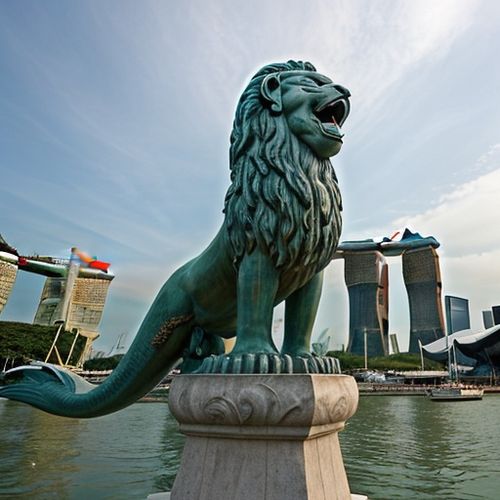
By Grace Cox/Apr 28, 2025
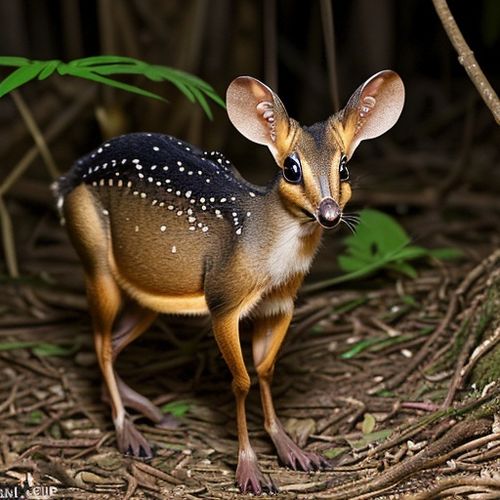
By George Bailey/Apr 28, 2025
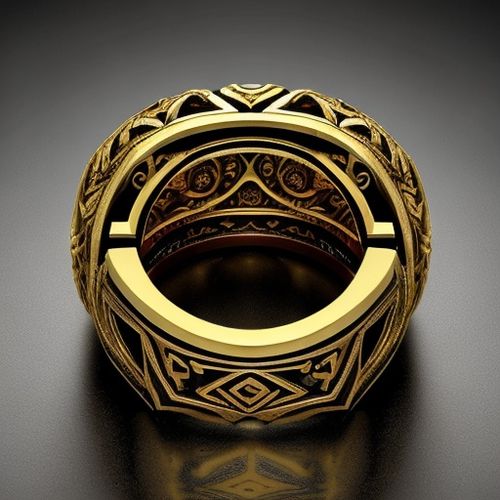
By Rebecca Stewart/Apr 28, 2025
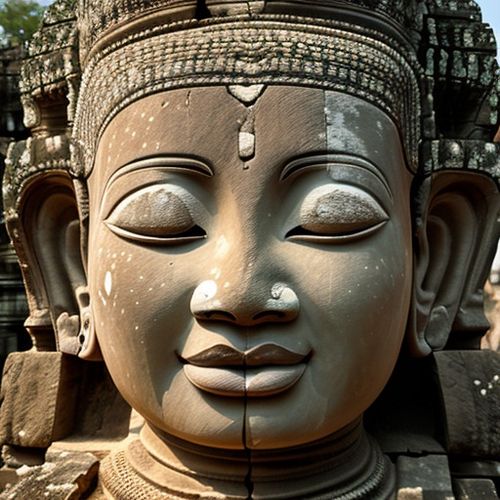
By George Bailey/Apr 28, 2025
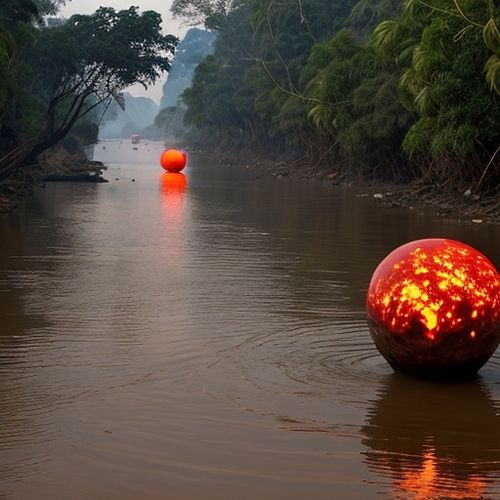
By Olivia Reed/Apr 28, 2025
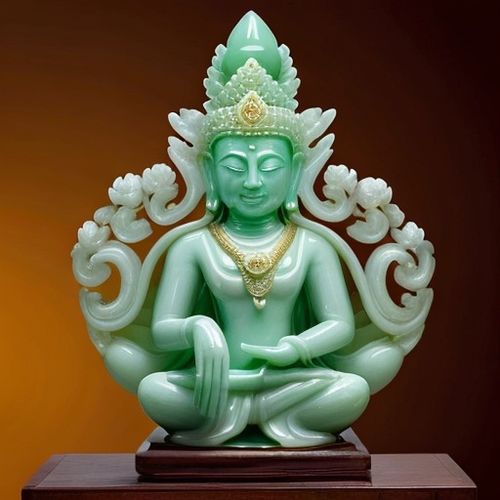
By Eric Ward/Apr 28, 2025

By Benjamin Evans/Apr 28, 2025

By Amanda Phillips/Apr 28, 2025
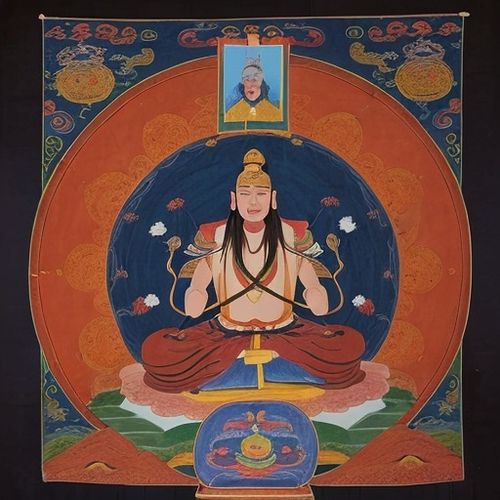
By Sophia Lewis/Apr 28, 2025

By Christopher Harris/Apr 28, 2025
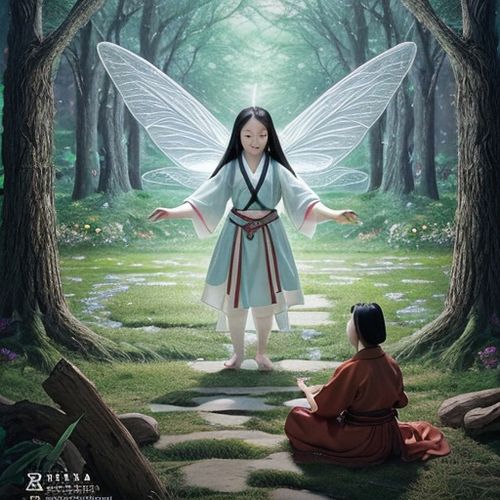
By Benjamin Evans/Apr 28, 2025
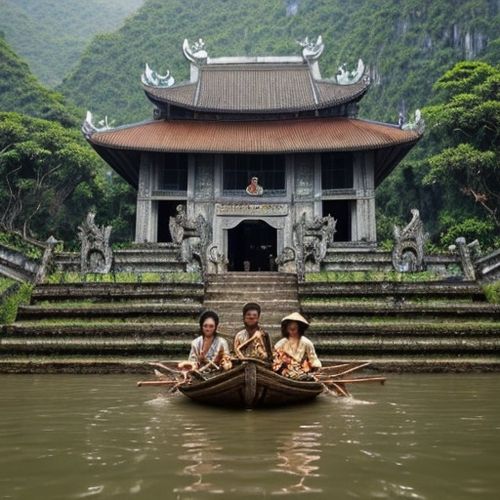
By Rebecca Stewart/Apr 28, 2025
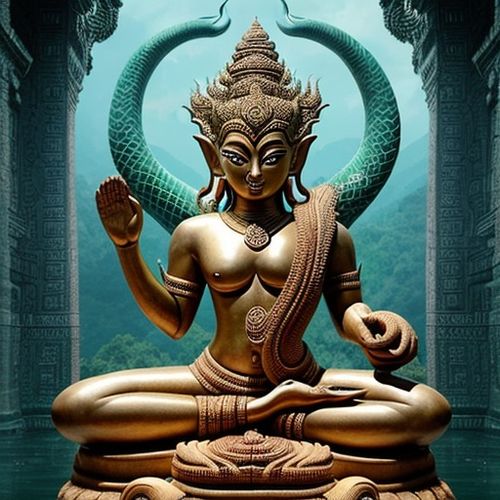
By David Anderson/Apr 28, 2025
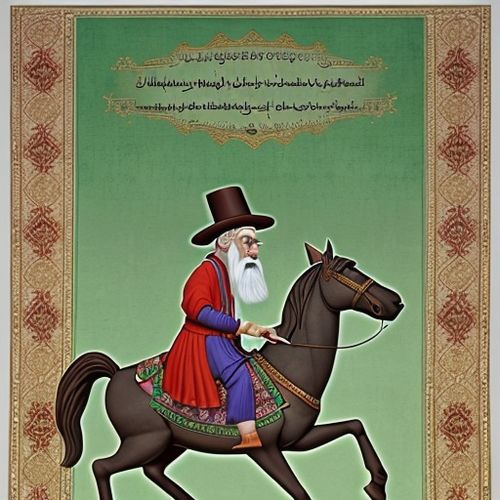
By Olivia Reed/Apr 28, 2025
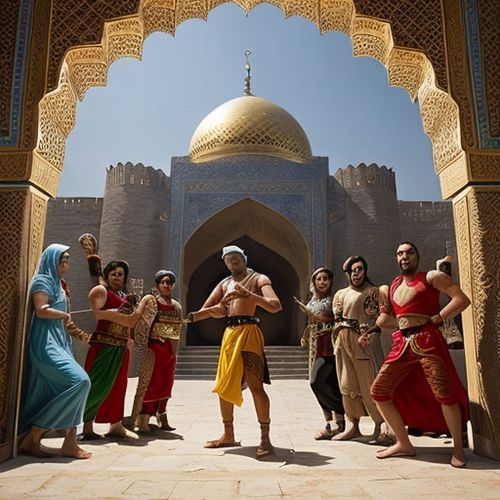
By Lily Simpson/Apr 28, 2025
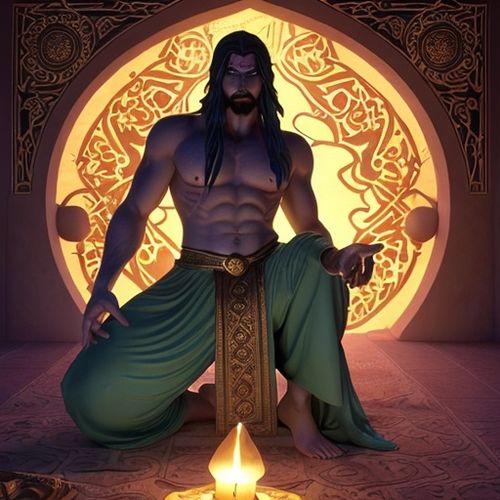
By Emma Thompson/Apr 28, 2025
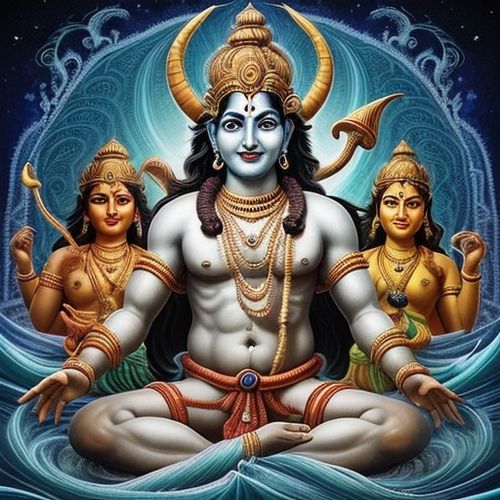
By Laura Wilson/Apr 28, 2025